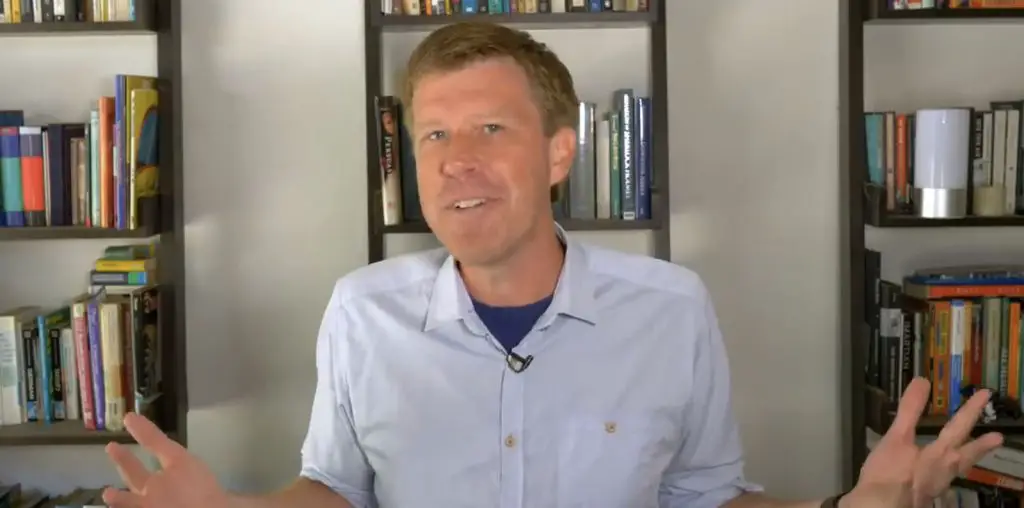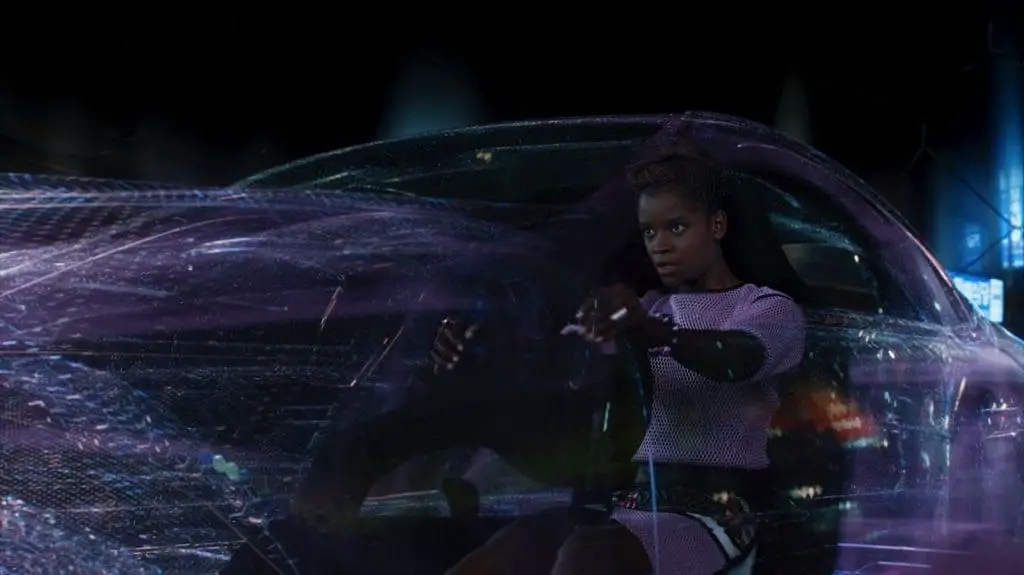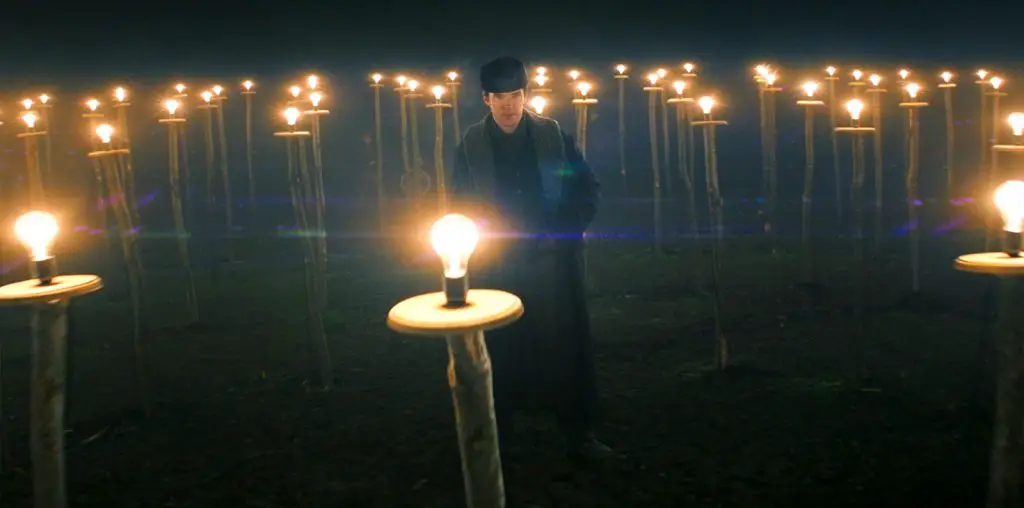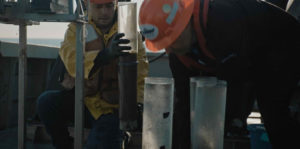
SLAMDANCE FILM FESTIVAL 2025 REVIEW! Out of Plain Sight is a must-see documentary — chilling but powerful and enlightening — the kind of film that just may open your eyes and change your worldview. It follows Rosanna Xia, a Pulitzer Prize finalist and reporter for the LA Times, as she investigates the dumping of toxic waste, mostly DDT, off the coast of Los Angeles. She rides along with University of California Santa Barbara professor David Valentine on a research vessel as his team uses remotely operated submersibles to investigate the dumping sites and map out the extent of the damage. [Full disclosure: I am also a professor at UCSB.] Xia talks to a wide array of other experts, tracing the devastating effect of this “forever chemical” across the food chain, through sea life, and especially sea lions and the California condor.
DDT (dichloro-diphenyl-trichloroethane) is a pesticide developed in the 1940s and widely used until it was banned in the US in 1972. The bestselling book Silent Spring, by Rachel Carson, published in 1962, raised the public consciousness of the environmental devastation caused by the chemical. Among many other impacts, it caused the thinning of eggshells, especially in birds of prey, which resulted in the decline of species like the bald eagle. While the banning of the chemical was a great success for environmental activism, the story doesn’t end there. DDT does not easily break down — it can persist for decades in water or soil. It also bioaccumulates, meaning it is stored in the fatty tissue of animals, and builds up the higher you go up the food chain.
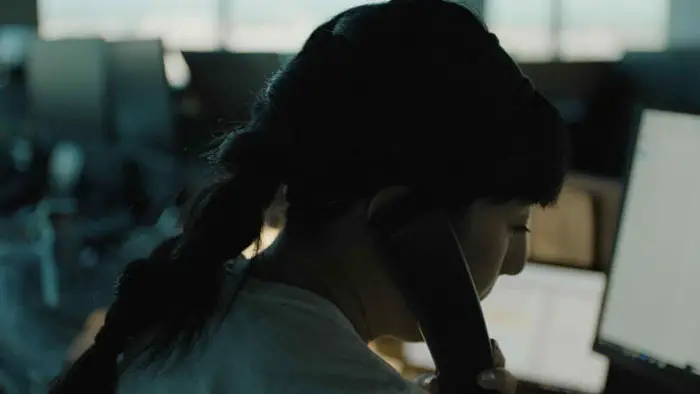
“…investigates the dumping of toxic waste, mostly DDT, off the coast of Los Angeles.”
To make matters worse, the equivalent of as many as a half million barrels of surplus DDT have been dumped into the ocean from the 1940s onward. Out of Plain Sight shows the dramatic effect of this persistent chemical, as it continues to result in the deaths of sea lions and the critically endangered California condor. Many fish from the Southern California region are unsafe to eat because of the effects of this and other chemicals.
The film was co-directed by Daniel Straub and Rosanna Xia, the reporter who broke the story. Xia’s influence is obvious since she is on camera interviewing subjects and detailing the process of writing her series of articles. But Straub’s work shines through as well — the film is beautifully shot, and the camera is present at many revelatory moments. This isn’t just a bunch of talking heads explaining something that has happened in the past. The crew followed Xia for years as she talked to researchers and put together the puzzle pieces from what easily could have otherwise been siloed bits of information.
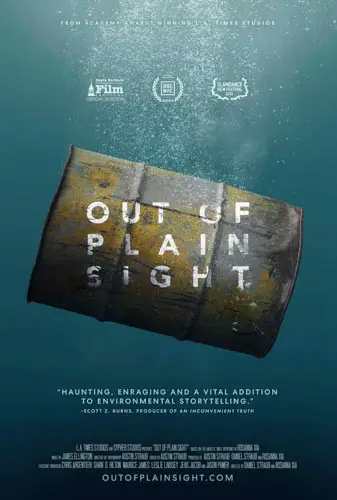
"…dramatically illustrates both the importance and process of science and journalism, at a time when both are under attack. "
